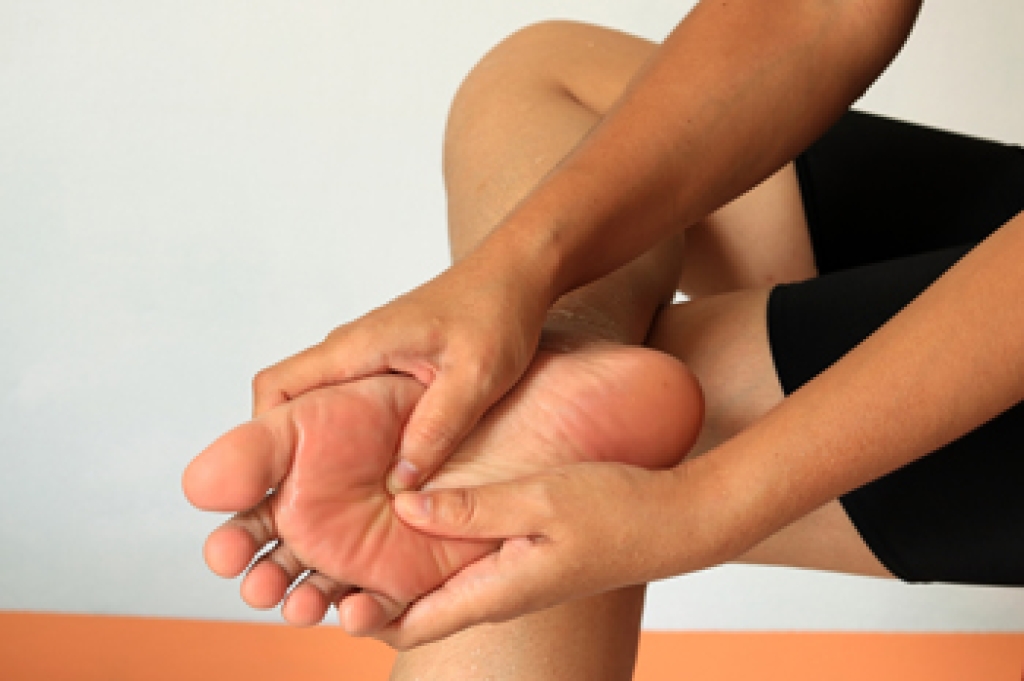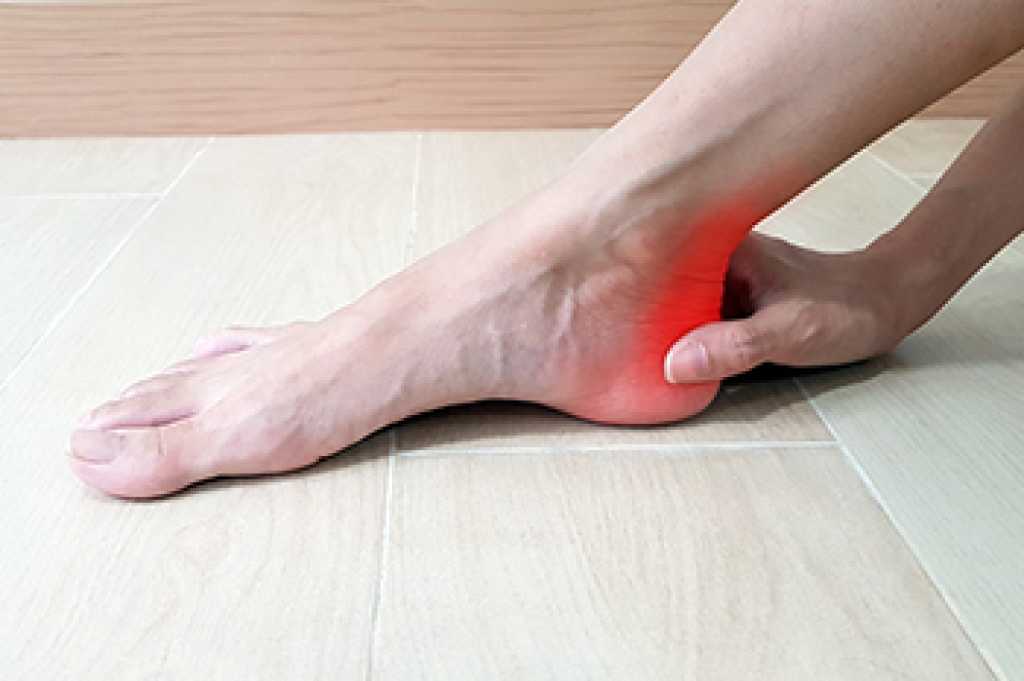
Pain in the ball of the foot, which is the area between the toes and the arch, is termed metatarsalgia. Anything that adds pressure to the ball of the foot, such as dancing, running, yoga, or wearing high heels, can contribute to metatarsalgia. In addition, having high arches, existing foot conditions, excess weight, and aging can also affect the ball of the foot. In some cases, resting the feet and taking pain medication can reduce the effects. But if pain continues, then other factors may need to be considered. For instance, nerve damage, tendonitis, and arthritis may be contributing to this painful condition. Structural factors, such as bunions and hammertoes, may be throwing off the alignment and affecting the ball of the foot. Irritation of the nerves beneath the third and fourth toes may cause Morton’s neuroma, which is sometimes described as having a small pebble in the shoe. This development is more common among women who have been wearing high heels for a prolonged period. If you have increased pain in the ball of the foot, it is suggested that you make an appointment with a podiatrist for an examination and possible treatment options.
Foot Pain
Foot pain can be extremely painful and debilitating. If you have a foot pain, consult with the foot specialists from Affiliates in Foot Care, P.C.. Our doctors will assess your condition and provide you with quality foot and ankle treatment.
Causes
Foot pain is a very broad condition that could be caused by one or more ailments. The most common include:
- Bunions
- Hammertoes
- Plantar Fasciitis
- Bone Spurs
- Corns
- Tarsal Tunnel Syndrome
- Ingrown Toenails
- Arthritis (such as Gout, Rheumatoid, and Osteoarthritis)
- Flat Feet
- Injury (from stress fractures, broken toe, foot, ankle, Achilles tendon ruptures, and sprains)
- And more
Diagnosis
To figure out the cause of foot pain, podiatrists utilize several different methods. This can range from simple visual inspections and sensation tests to X-rays and MRI scans. Prior medical history, family medical history, and any recent physical traumatic events will all be taken into consideration for a proper diagnosis.
Treatment
Treatment depends upon the cause of the foot pain. Whether it is resting, staying off the foot, or having surgery; podiatrists have a number of treatment options available for foot pain.
If you have any questions, please feel free to contact our office located in Woburn, MA . We offer the newest diagnostic and treatment technologies for all your foot care needs.




